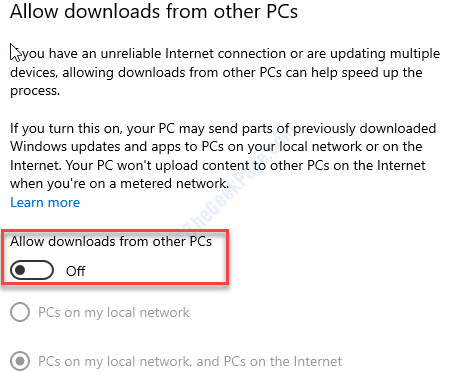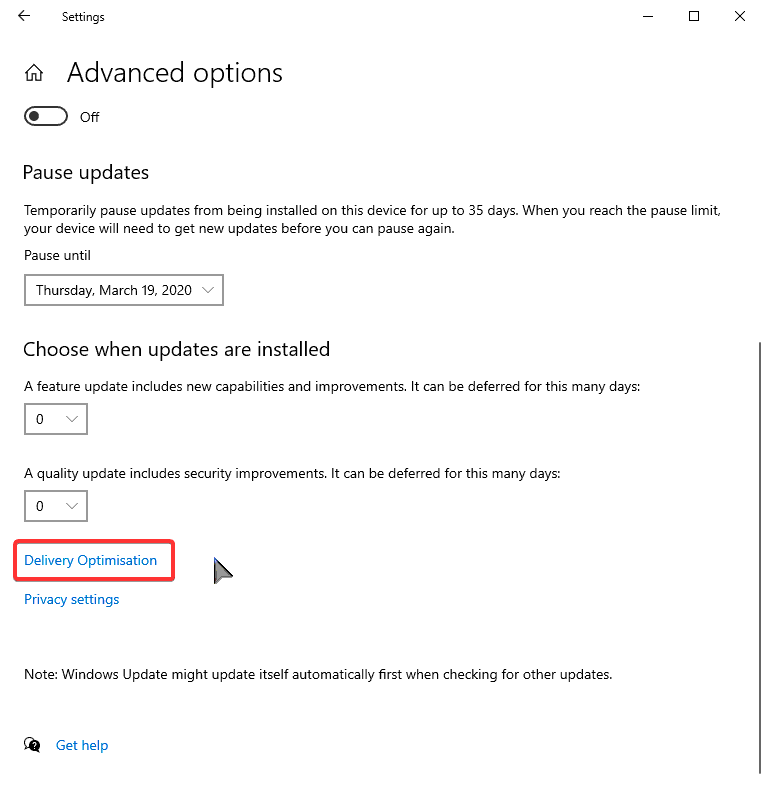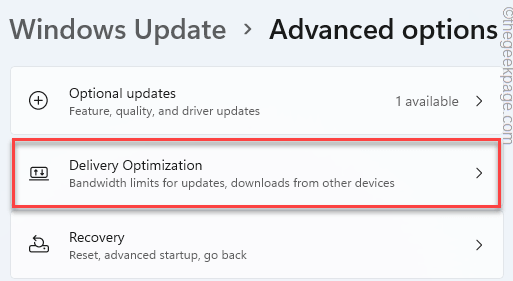


Well, Delivery Optimization can be quite aggressive when it comes to deleting content from its cache. The end result is that the content now exists in the Nomad cache and the DO cache.

When you enable delta downloads for Software Updates (as shown below), Delivery Optimization is going to get involved… When Microsoft were experimenting with Express File Updates (abandoned from Windows 10 1809), the CM client implemented an approach to downloading required byte-ranges from the source rather than the entire software update file. In this blog, I’ll share how that process works, and also show how 1E Nomad can enhance this functionality. It wasn’t until Configuration Manager 1910 that DO could be used to acquire content required by CM, and that is limited to Software Updates. I recall hearing at Microsoft Ignite in 2017 that DO for Configuration Manager content was ‘coming soon’, but to date, the integration with CM has focused on configuration DO settings through CM (such as using CM Boundary Groups to define DO Groups, or configuring a DP to act as a DO Connected Cache).

While DO is being adopted across the Microsoft Modern Management platforms to obtain content from Microsoft Update, Microsoft Store and Intune, there has been very little in the way of integration with Configuration Manager for content acquisition. For over 5 years now, we’ve been living with Windows 10 that has its own built in peer-to-peer tech – Delivery Optimization (DO). When does Configuration Manager use Delivery Optimization?įor years, Configuration Manager admins have had BranchCache, Peer Cache and third-party solutions like 1E Nomad at their disposal to provide peer-to-peer content distribution that enables Configuration Manager to operate with a fraction of the infrastructure while still protecting valuable bandwidth.


 0 kommentar(er)
0 kommentar(er)
